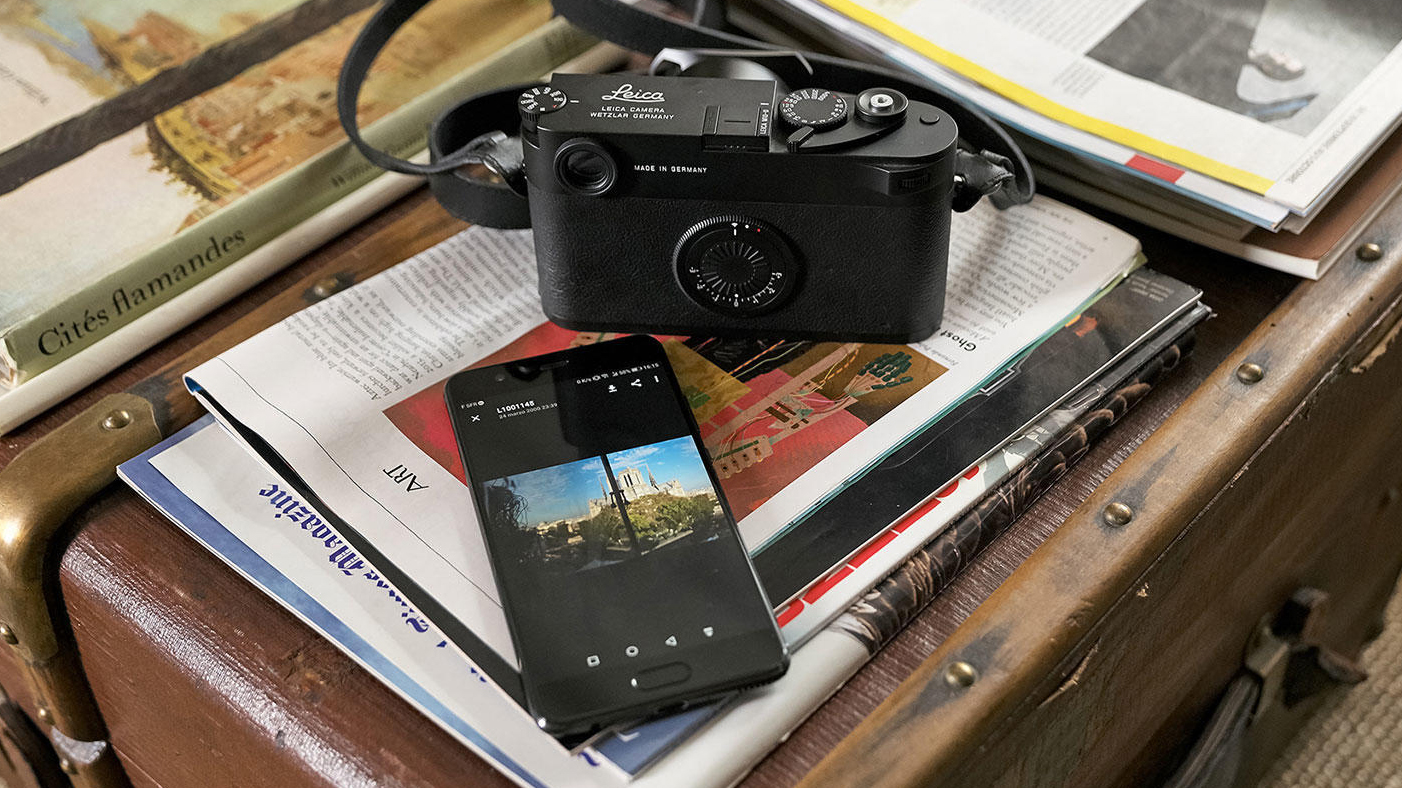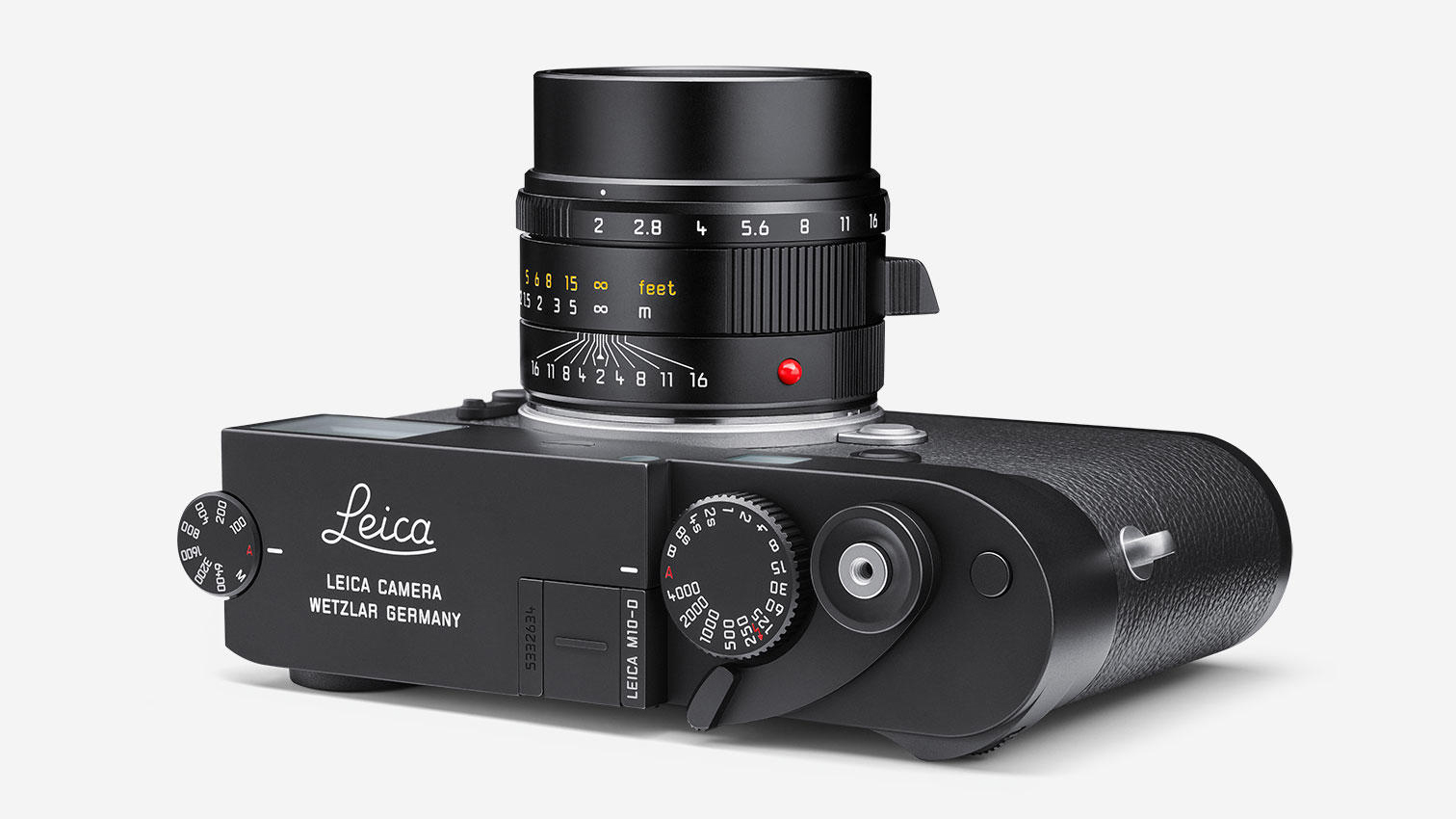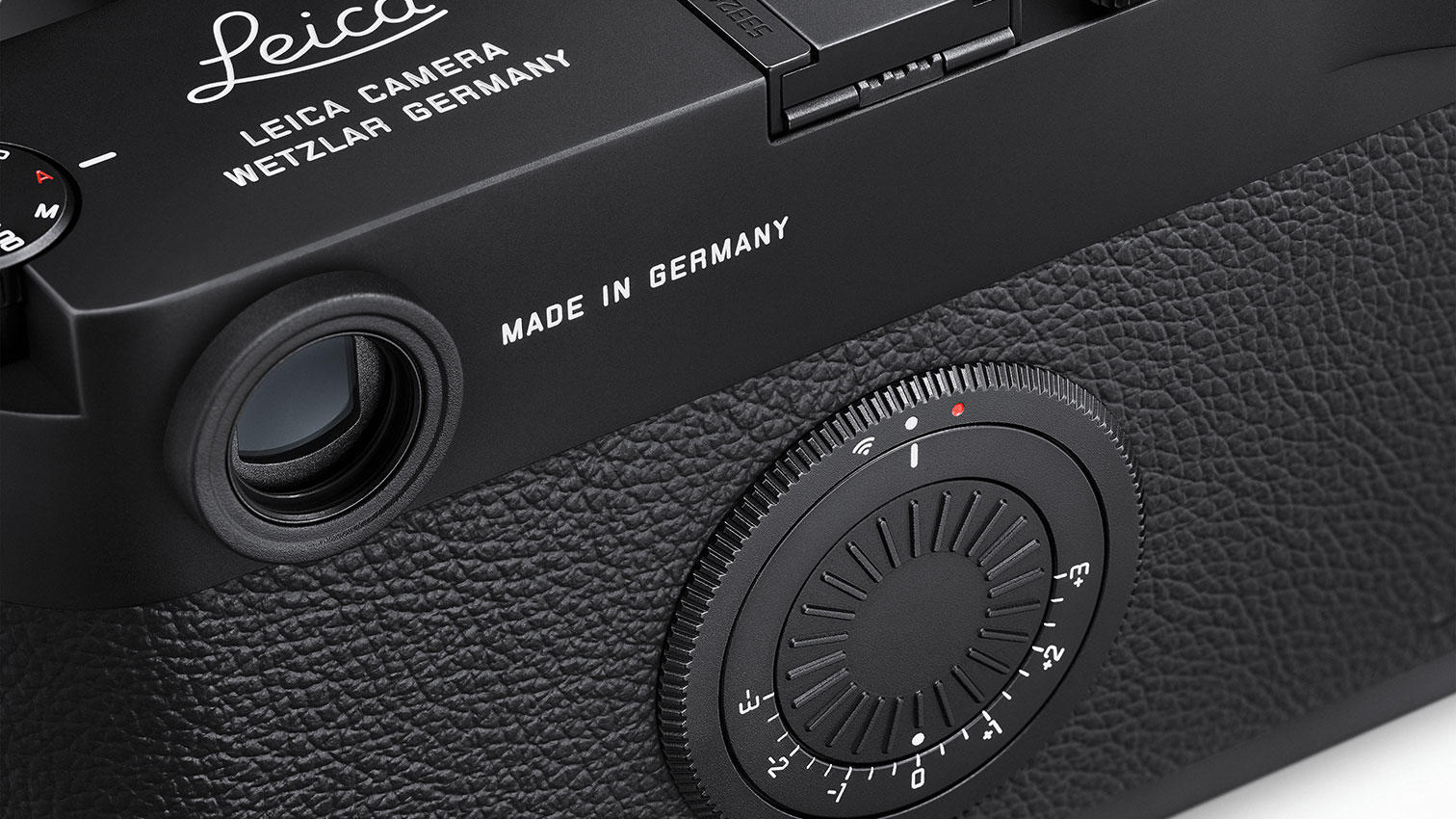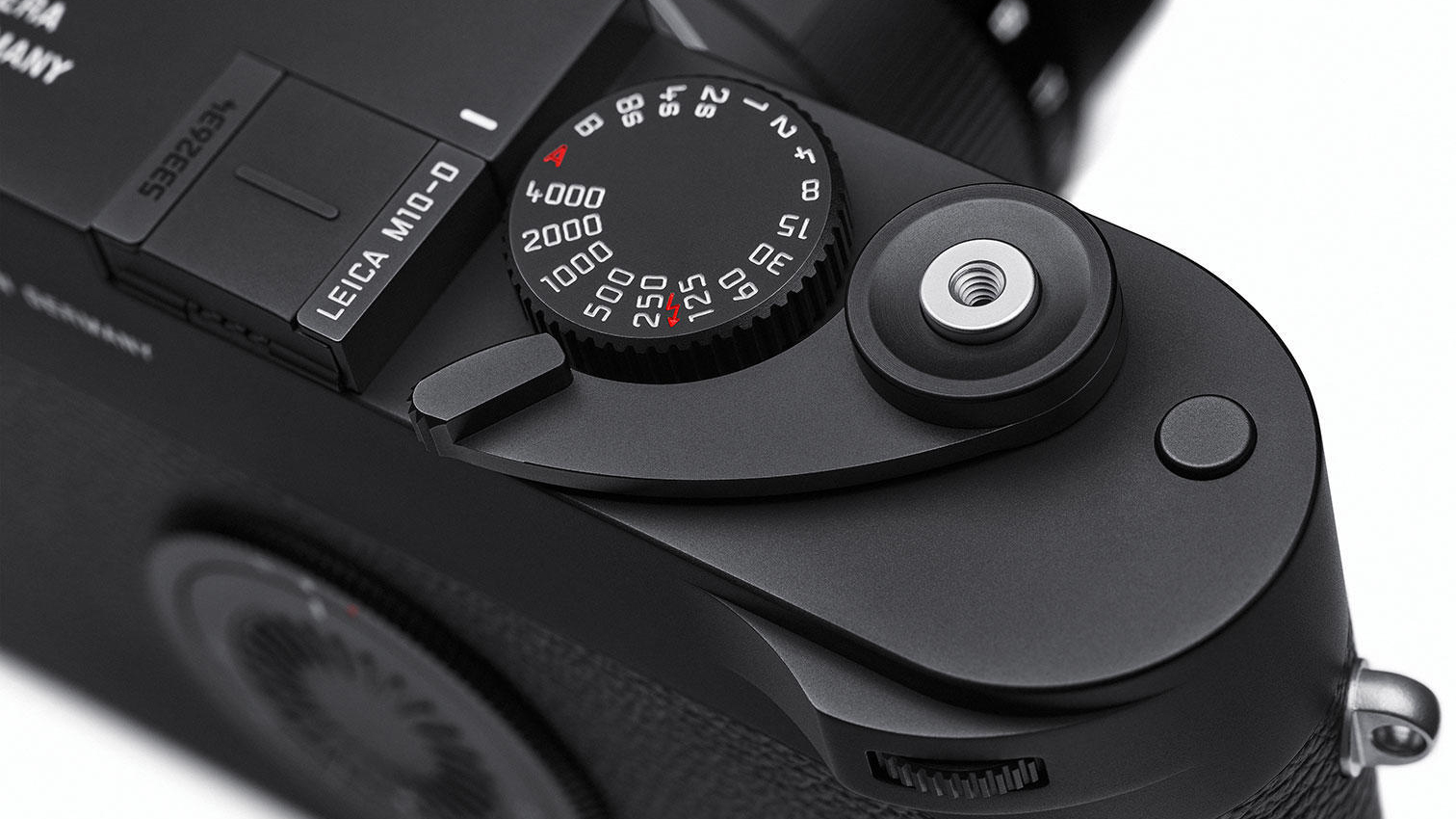
Leica's M line of rangefinder cameras are all about simplicity and precision. A few months back Leica launched the M10-P, a stripped-down version of its flagship M10 camera, but now the company has taken things even further with the announcement of the M10-D.
It's taken the unusual step of removing the rear LCD display from the M10-D, so the new camera really does look and handle like a throwback to the company's classic range of film cameras loved by reportage photographers.
In place of the rear display is a large dial, with the inner ring set to adjust exposure compensation, while the outer dial has three settings – off, on (shooting mode) and on (Wi-Fi enabled).
That last setting is going to prove incredibly useful, as pretty much the rest of the M10-D's set-up is controlled entirely using Leica's FOTOS app.



So, with the exception of dedicated exterior controls for exposure compensation, ISO, aperture and shutter speed, everything else is set and controlled via the app. It's also possible to get a live feed of what the camera is seeing beamed to your smartphone, while images (both DNG and JPEG) can be transferred to your phone.
Like the M10-P, the M10-D does away with Leica's famous red dot badge on the front of the camera, while there's also the same 24MP full-frame CMOS sensor at the heart of the camera. As it's a Leica M-series camera, there's a rangefinder optical viewfinder, but the M10-D also supports Leica's Visoflex electronic viewfinder.
The M10-P isn't the only rangefinder camera doing away with a rear LCD screen – French startup Pixii is developing a camera that also relies on your smartphone for reviewing images.
The Leica M10-D is available now for $7,995 / £6,500, with Australian pricing still to be confirmed.
Get daily insight, inspiration and deals in your inbox
Sign up for breaking news, reviews, opinion, top tech deals, and more.
Phil Hall is an experienced writer and editor having worked on some of the largest photography magazines in the UK, and now edit the photography channel of TechRadar, the UK's biggest tech website and one of the largest in the world. He has also worked on numerous commercial projects, including working with manufacturers like Nikon and Fujifilm on bespoke printed and online camera guides, as well as writing technique blogs and copy for the John Lewis Technology guide.
